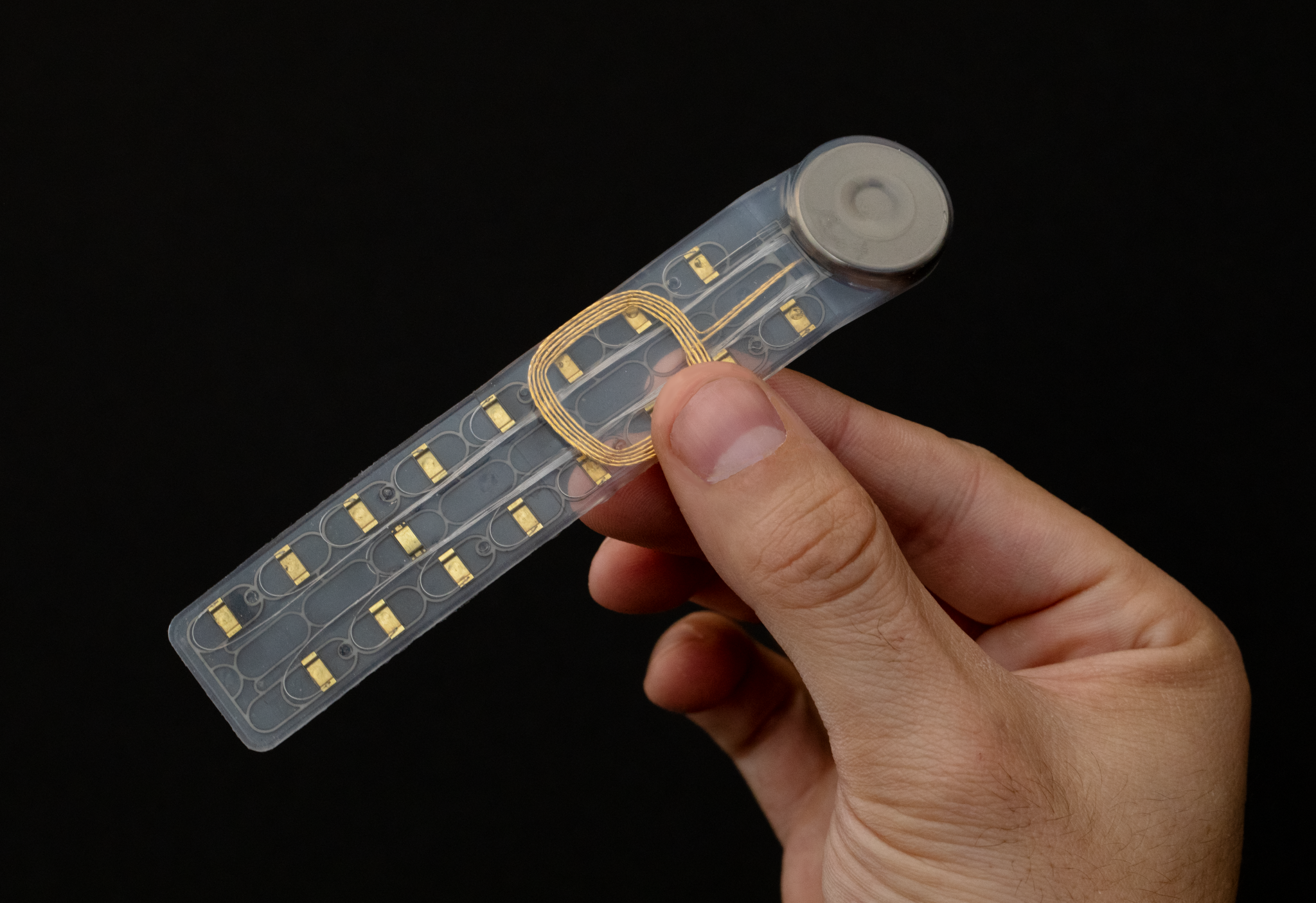
Phantom Neuro, a Texas-based medtech startup, has secured $19 million in fresh funding to advance its groundbreaking neural interface technology designed to help amputees regain control of prosthetic limbs—by tapping into the very nerves that once controlled their lost limbs.
At the heart of Phantom Neuro’s innovation is a small implantable strip that reads signals from residual nerves—what people often experience as “phantom limbs”—and translates those into real-time commands for prosthetic devices. This strip, combined with the company’s “Phantom X” software, aims to restore natural, intuitive control to users.
Backed by Major Players
The funding round was led by Ottobock, a global leader in prosthetics, with participation from existing investors like Breakout Ventures, Draper Associates, LionBird Ventures, and Time BioVentures, alongside newcomers including Actual VC, METIS Innovative, e1 Ventures, and Brown Advisory. The company has now raised a total of $28 million.
Phantom Neuro’s solution has already received two notable FDA designations: “Breakthrough Device” status and inclusion in the TAP accelerator program, helping speed its path toward clinical use.
A High-Tech Approach to a Very Human Challenge
Phantom Neuro’s tech builds on the well-known phenomenon of phantom limb sensation—where amputees continue to feel their missing limbs due to remaining nerve endings. In trials, Phantom’s non-invasive version demonstrated 94% accuracy across 11 wrist and hand motions. The implantable version performs even better, restoring up to 85% of limb function with just 10 minutes of calibration.
The company plans to roll out its system first for upper-limb prosthetics, with lower-limb support coming next.
Founder with a Big Vision
The startup was founded by Dr. Connor Glass, a neurosurgeon and visionary who pivoted from military aspirations to medtech innovation after grappling with his own limitations caused by recurring stress fractures.
While studying at Johns Hopkins, Glass realized that invasive brain-implant systems—complete with wires and bulky gear—weren’t scalable. That insight led him to explore a more efficient way to read motor signals from peripheral nerves instead of the brain, ultimately giving birth to Phantom Neuro.
“This field needed something more elegant and scalable,” Glass said. “We’re building a bridge between human intention and machine execution.”
Beyond Prosthetics
While the immediate focus is on restoring mobility for amputees, the implications go much further. Phantom’s nerve-reading interface could one day be used to:
- Control robots remotely
- Train AI models on human movement patterns
- Enhance neurorehabilitation technologies
Partnering with Ottobock strategically aligns Phantom with prosthetic hardware development—ensuring that its software integrates smoothly with the limbs it’s designed to control.
“Phantom is advancing the neural interface in a less invasive, highly effective way,” said Dr. Arne Kreitz, CFO of Ottobock. “That’s why we’re investing—it’s a promising and practical approach.”


